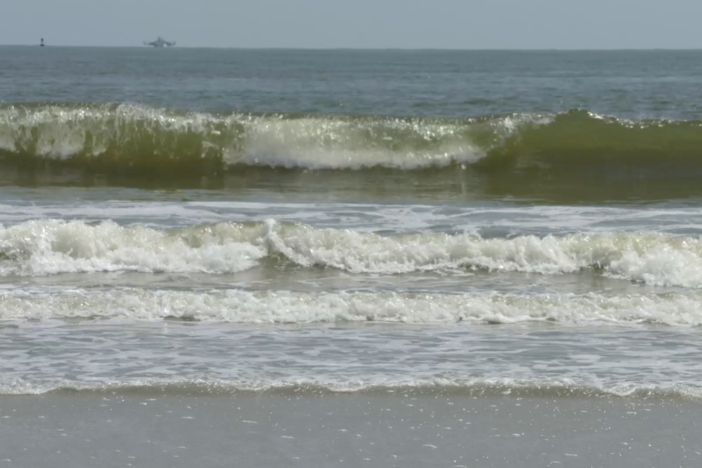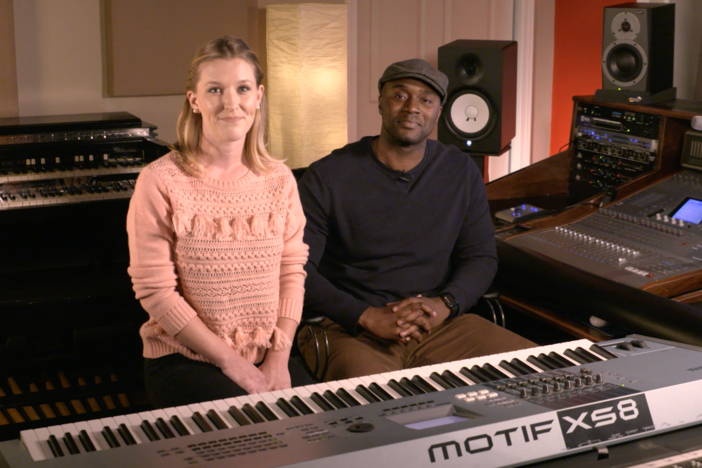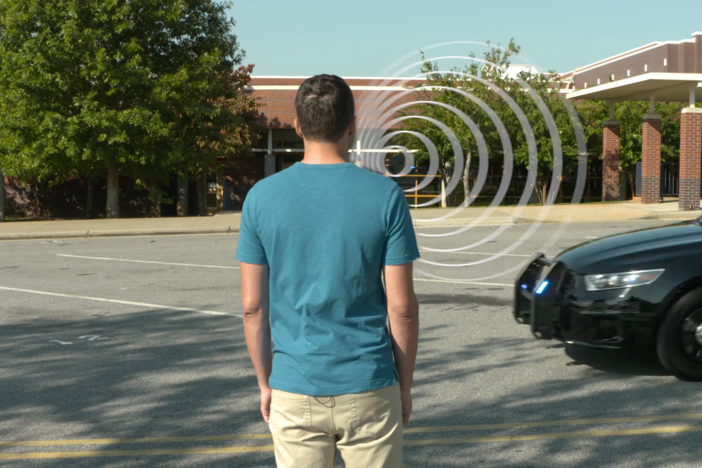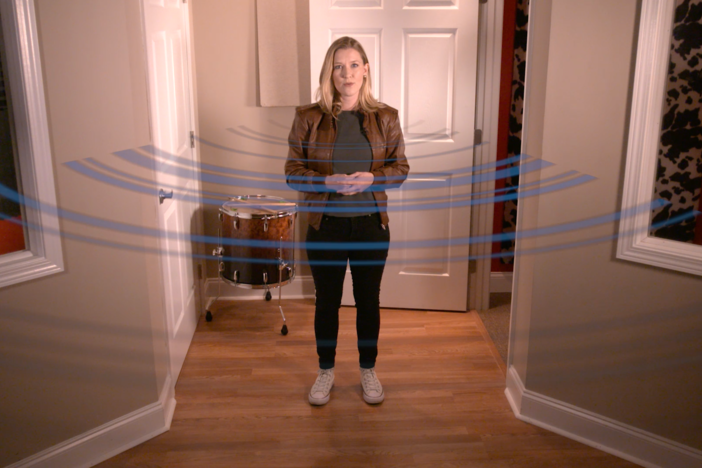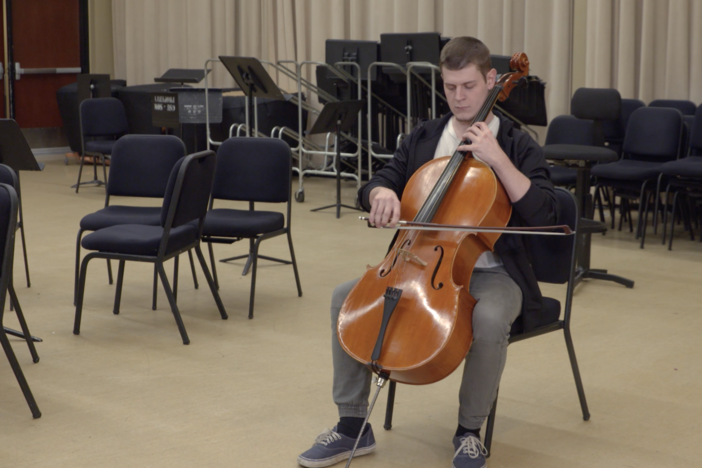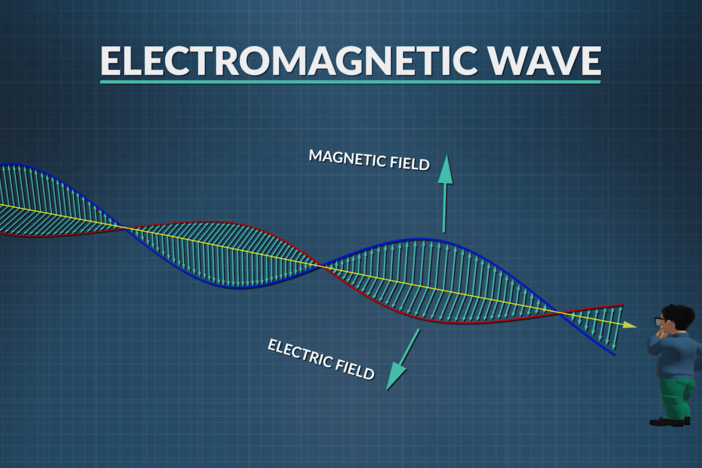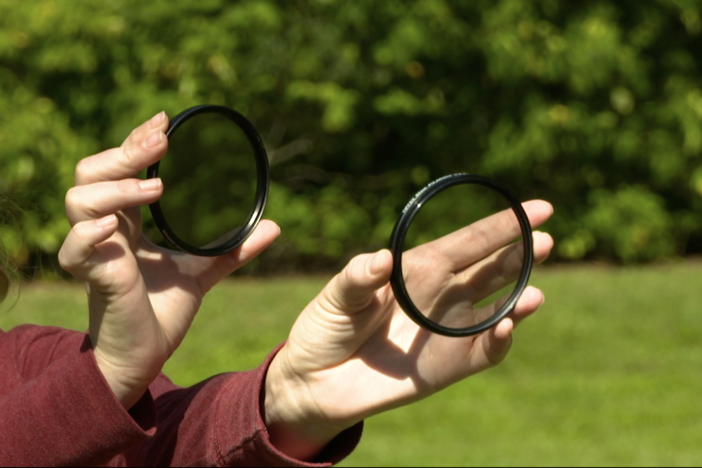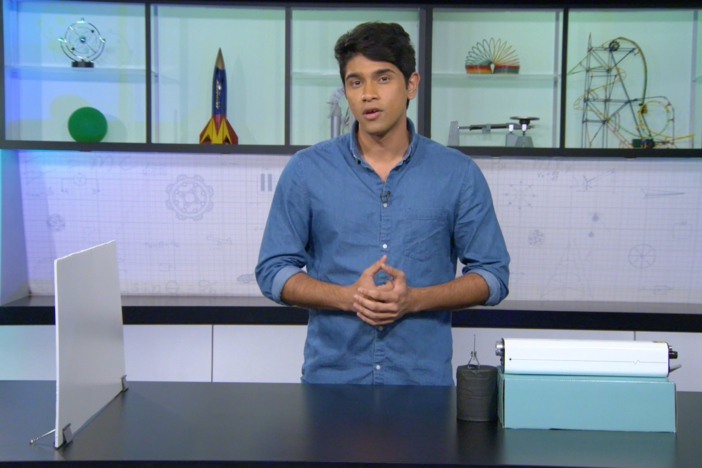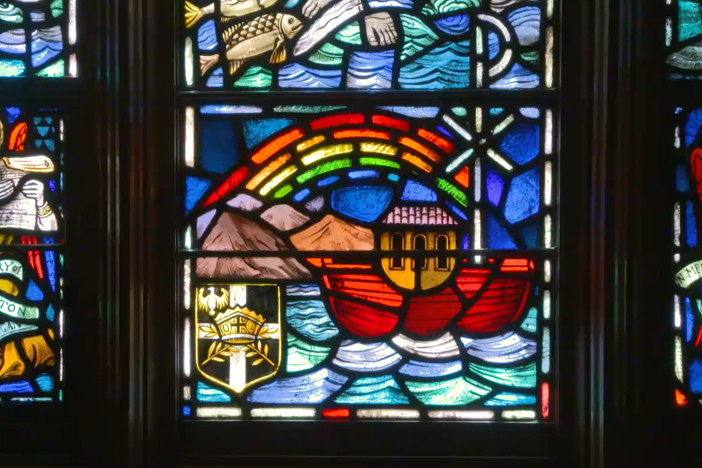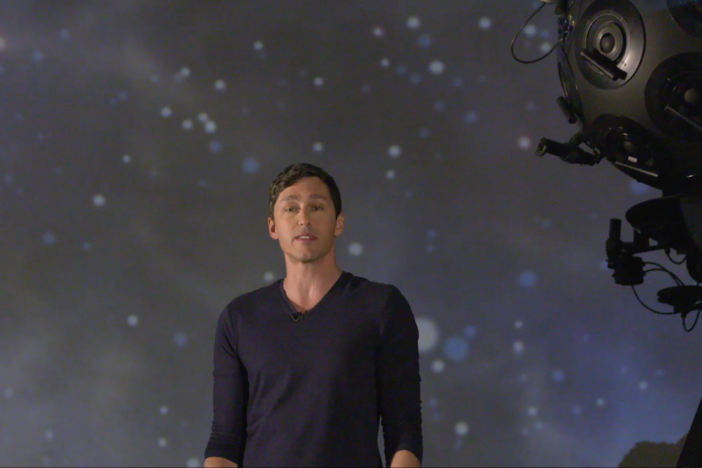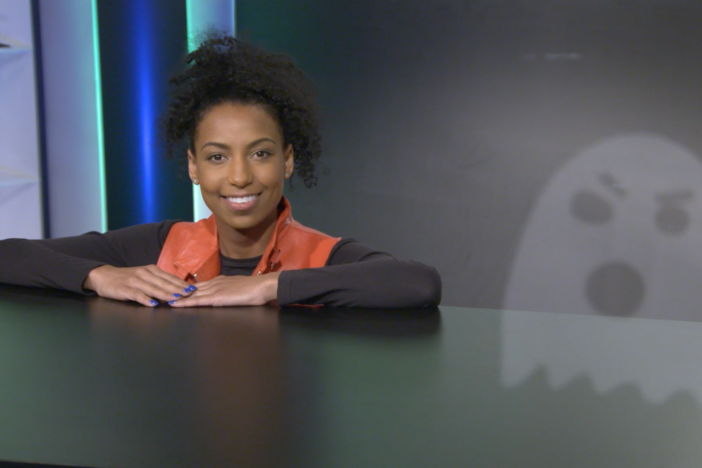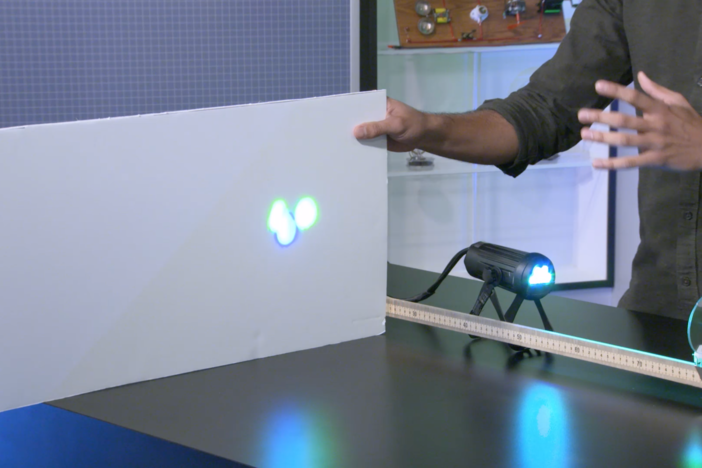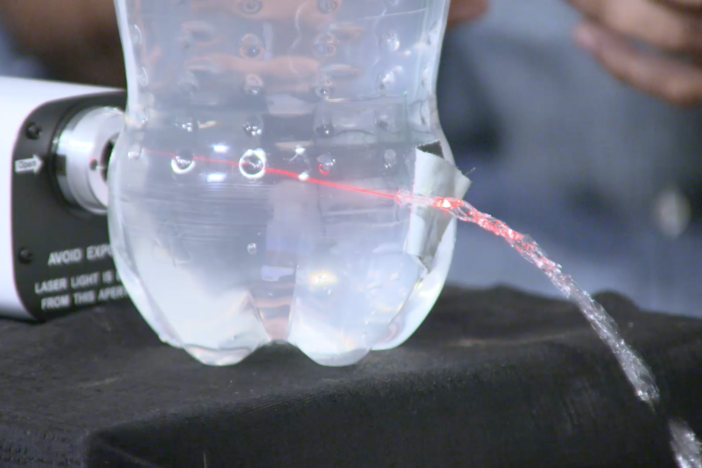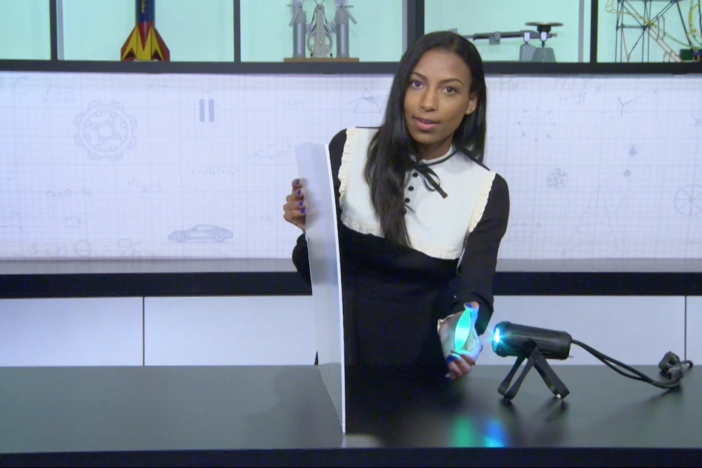Segment M: Refraction
Refraction is explained by looking into a pool and seeing Snell's law in action. We also explore the concepts of total internal reflection and formation of the critical angle.
Segment M: Refraction
Refraction is explained by looking into a pool and seeing Snell's law in action. We also explore the concepts of total internal reflection and formation of the critical angle.
Science
Obtain, evaluate, and communicate information about the properties and applications of waves.
Plan and carry out investigations to characterize the properties and behavior of electromagnetic waves.
Plan and carry out investigations to describe common features of light in terms of color, polarization, spectral composition, and wave speed in transparent media.
- Analyze experimentally and mathematically aspects of reflection and refraction of light waves and describe the results using optical ray diagrams.
- Perform calculations related to reflections from plane surfaces and focusing using thin lenses.
Plan and carry out investigations to identify the behavior of light using lenses.
Obtain, evaluate, and communicate information to explain the properties of waves.
Develop models based on experimental evidence that illustrate the phenomena of reflection, refraction, interference, and diffraction.
Obtain, evaluate, and communicate information to support the claim that electromagnetic (light) waves behave differently than mechanical (sound) waves.
Develop and use a model to compare and contrast how light and sound waves are reflected, refracted, absorbed, diffracted or transmitted through various materials.
-Define refraction and conceptually compare and contrast refraction with reflection.
-Compare and contrast the angle of incidence and angle of refraction.
-Define and apply Snell’s Law conceptually and mathematically.
-Examine the critical angle for various pairs of substances and understand whether refraction or reflection occurs at angles greater or less than this angle.
-Understand the critical angle in terms of the media differences.
-Explain how the speed of light changes in mediums with different refractive indices.
-Examine the concept of total internal reflection and how this relates to the critical angle.
critical angle (ΘC) - the angle of incidence beyond which rays of light passing through a denser medium to the surface of a less dense medium are no longer refracted but totally reflected.
internal reflection - when light strikes an interface at an angle greater than the critical angle and is reflected back into a more dense medium.
refraction - the bending of light rays as they move from one transparent medium to another.
refraction index (n) - a ratio that describes how much light bends as it moves from one medium to another.
Snell’s Law - the law states that the ratio of the sines of the angles of incidence and refraction is constant for all incidences in any given pair of media for electromagnetic waves of a definite frequency.
The Physics in Motion teacher toolkit provides instructions and answer keys for study questions, practice problems, labs for all seven units of study. GPB offers the teacher toolkit at no cost to Georgia educators.To order your teacher toolkit, complete and submit this form to request the teacher toolkit. You only need to submit this form one time to get materials for all seven units.
